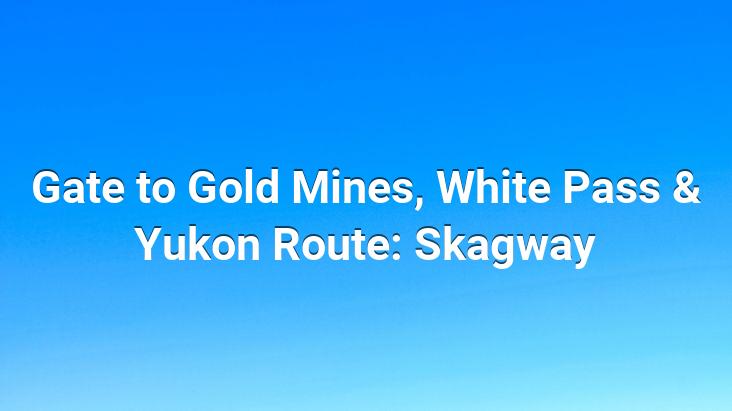Captain William Moore was the first to settle here. It made its first settlement at the head of the Skagway River in 1887.. He bought soil from here, guessing that he would pass here on his way to the new mines.. Indeed, as he had guessed, they are building a train track here.. The construction of this road coincides with the year 1889.. This train now starts from the port and continues through Yukon into Canada.
The name they gave to this train route is White Pass & Yukon Route. We’re getting on the train, the first thing I noticed was that there was a stove in each of the wagons.. And the journey begins. At the end of approximately 20 km, we will have climbed to 873 meters by train.. The view is perfect, we are winding through the mountains. At the very end of here is the Klondike Gold mine.. After arriving at the Canadian border, the return begins. It took us about 1.5 hours to go up.. It will take just as long in our transformation.. I recommend this journey to everyone.
In addition to the train track, the Chilkoot road, which passes through the coastal mountains, was built to carry gold.. However, since this road is very winding and narrow, many deaths have occurred on this road.
Skagway’s population exceeded 20,000 during the gold rush period, 1898s.. Of course, when there was a crowd here from different regions, the hotel, bar restaurant in this region could not support the total population.. At that time, they displaced the original inhabitants of Skagway and forced them to live in tents in the village of Dyea, close to Skagway.. They call this period “Hell on Earth”.
The most famous gold trader of the period, Soapy Smith, was shot dead as a result of conflicts between gangs.. His grave is in the Gold Rush cemetery, a few kilometers from Skagway. When the gold ran out in the 1900s, the people here moved to the new Nome mine, so the population decreased again. but they are only open during the summer months (May-September).







